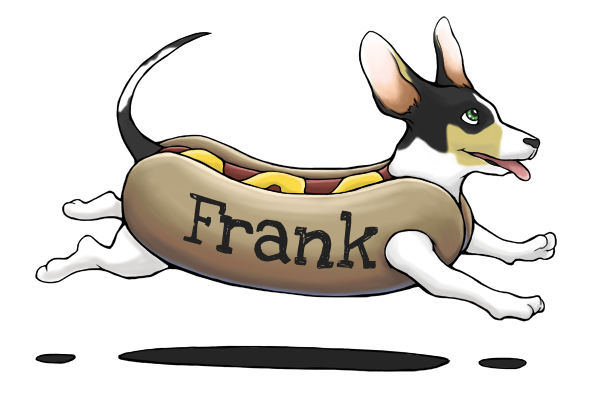Frankly
Frank consists of two parts, a frank server which is embedded into the iPhone application and a Frank driver (such as the ruby one used by cucumber tests). The driver communicates with the embedded server via a simple HTTP-based wire protocol called Frankly. The protocol consists of sending GET and POST requests to well-known endpoints, and processing the response. Request and response bodies may contain JSON (where appropriate) describing the operation to be performed or the results of that operation respectively.
View selectors
An essential part of driving a UI is specifying a subset of UI elements to act upon. Internally the Frank driver uses a selector engine to select a subset of elements. Shelley is the default selector engine that comes with Frank by default, but you can also plug in other third-party engines.
When a client driver wants to act upon a set of views it sends a view selector and a selector engine to the server. The view selector is a string representing the selector itself, and the selector engine is just a string telling the Frank server which selector engine to use.
There is more information about how view selectors and view selection engines work here.
Response format
Responses may either be standard or non-standard. A standard response always conforms to a format similar to:
{
'outcome': 'SUCCESS',
'results': ['foo','bar']
}
In addition, a standard response indicating failure will always conform to a format like:
{
'outcome': 'ERROR',
'reason': 'Failed to frob the flib',
'detail': 'Flange capacitator decoupled'
}
Non-standard responses will be valid JSON documents, but nothing else is specified.
Frankly endpoints
GET /dump
Request: A plain old GET. Any query parameters are ignored.
Response: a non-standard response describing the current state of the entire application UI.
POST /map
Request: a POST containing a JSON document. The JSON document contains a UIQuery path, and an optional operation to perform on each element which matches that path.
Response: a standard response containing an array for each element which matched the path. Each array element represents the result of applying that operation to the path. For example:
{
'query': 'tableViewCell marked:\'Touch Me!\'',
'selector_engine': 'shelley_compat',
'operation': {
'method_name': 'touch',
'arguments': []
}
}
Notes: You can use the response to either query the state of the UI, but you can also use it to confirm that the operation you were attempting to perform was applied to the correct number of elements. For example you can check that your attempt to touch an element was successfully applied to exactly 1 element.
If the driver fails to apply the specified operation to an selected element then it will place a null in the returned array.
If the driver supplies an invalid view selector then a standard error response will be returned. However if the driver supplies an invalid operation then the server may simply fail to apply the operation to each selected element, returning an array filled with nulls, equal to the number of elements in the subset specified by the UIQuery path.

 Testing With Frank
Testing With Frank
